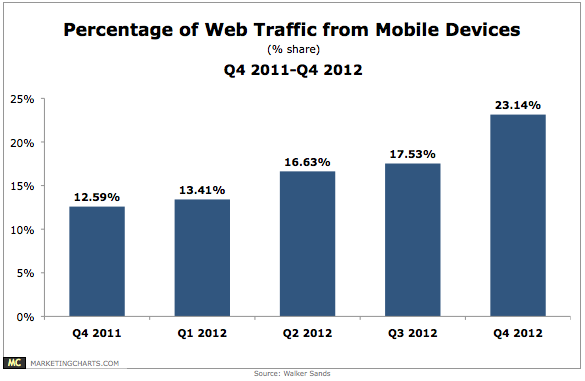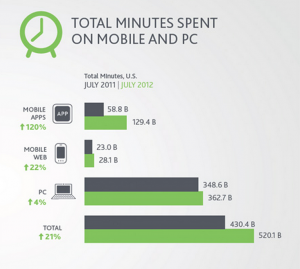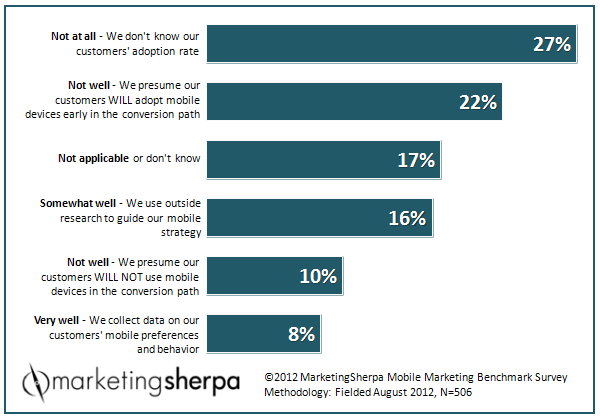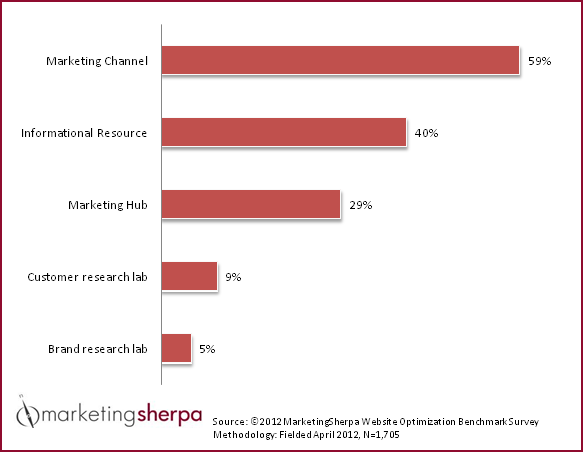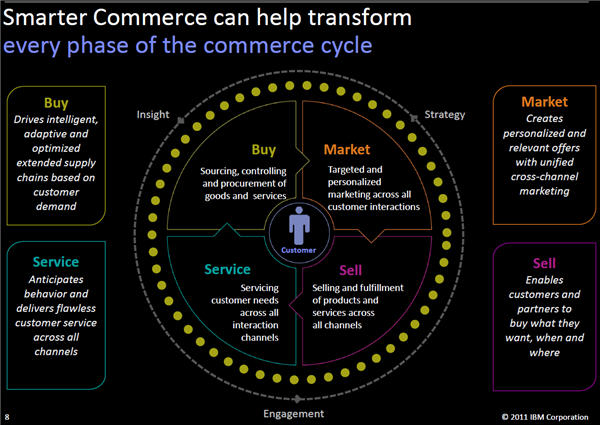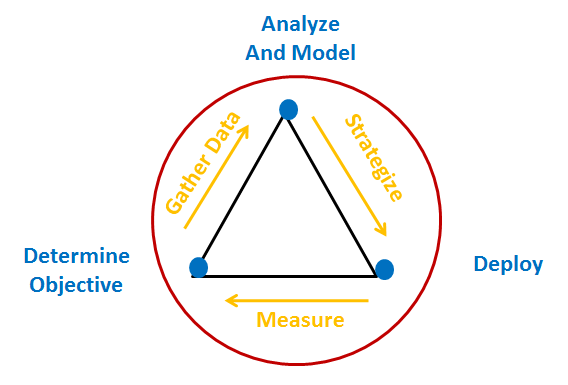Marketing Career: National guide to digital marketing salaries
If you’ve been a reader of the MarketingSherpa Blog for a while, you know I think passion is an important part of a marketing job. After all, how can you really sell a product to potential customers unless you are passionate about it, too.
That said, a marketing job is still, well, a job. If we were all independently wealthy, we might not be as motivated to take the morning train to a marketing department every day and leave our families.
So, today’s blog post is about filthy lucre. Or, to be more specific, marketing salaries.

Wendy Weber, President, Crandall Associates, Inc., has allowed us to post the 2013 Digital Marketing National Salary Guide for free download for readers of the MarketingSherpa blog. Just click that link and the PDF will instantly download. There is no squeeze page or form fill of any kind required.
I asked Wendy about what she learned while conducting research to put together the company’s 2013 salary guides. Here is what she had to say …
MarketingSherpa: Why the new addition of social media positions?
Wendy Weber: Many companies initially held back on hiring social media marketers. They questioned whether social media was a passing fad, and since it can be difficult to quantify and monetize, they chose not to devote resources towards it.
However, social media has only grown as a marketing tool, and at this point we can conclude that it is most certainly here to stay. Big corporations, as well as your local pizza parlor, want “likes” on Facebook, and most companies of any size now have the capability to respond to customer service issues through Twitter.
The actual resources being devoted to social media vary tremendously from one organization to another. Some companies are allowing interns to maintain the corporate social media presence, and others are paying six-figure salaries to social media teams.
Just as companies who didn’t establish a website back in the 1990s eventually accepted the online channel as a new order of conducting business, companies who didn’t accept social media as a marketing channel that is “here to stay” are now realizing that they need one or more dedicated social media professionals on staff.
A truly experienced social media professional is hard to find; many fancy themselves social media pros, but few can deliver.
Job descriptions vary widely; in some organizations social media is more focused on blogging. In others, it may be more focused on Facebook contests or Pinterest … and pay varies significantly, also. Read more…



